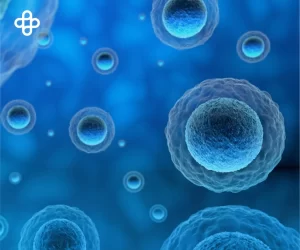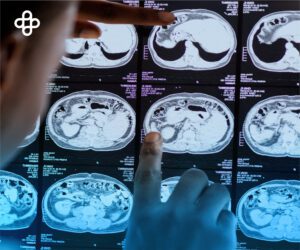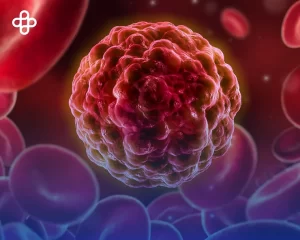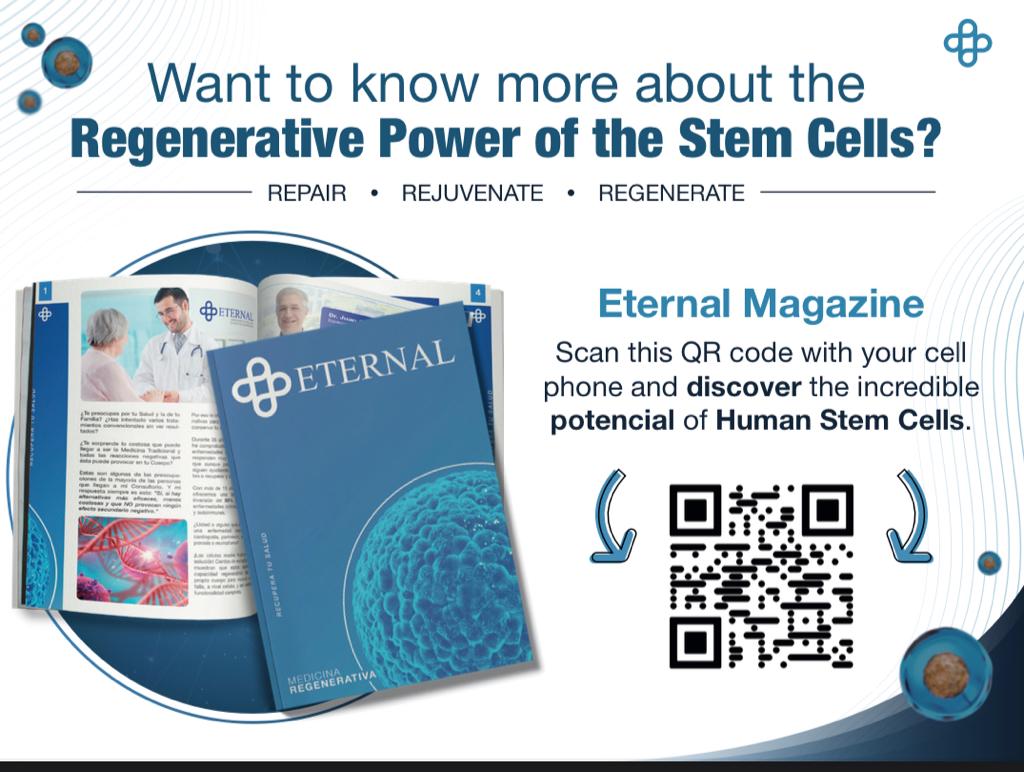Stem cell therapy for pulmonary regeneration. Chronic respiratory diseases such as asthma, pulmonary fibrosis, and chronic obstructive pulmonary disease (COPD) pose significant public health challenges worldwide. Stem cell therapy has emerged as a promising approach to regenerate lung tissue and improve patients’ quality of life. This innovative technology aims to repair damaged tissue, modulate inflammation, and restore lung function.
What Are Stem Cells and How Do They Work in the Lungs?
Stem cells are biological units capable of differentiating into various cell types and regenerating damaged tissues. In the pulmonary context, stem cells can be derived from several sources:
- Mesenchymal stem cells (MSCs): Known for their immunomodulatory and regenerative properties, MSCs are the most widely studied in clinical trials.
- Embryonic stem cells (ESCs) have a high differentiation potential but raise ethical concerns regarding their use.
- Induced pluripotent stem cells (iPSCs): Created from adult cells, iPSCs offer personalized tissue generation without the risk of immune rejection.
Scientific Evidence in Respiratory Diseases
Numerous studies have investigated the application of stem cells in chronic lung conditions:
- Idiopathic Pulmonary Fibrosis (IPF): A 2022 clinical trial demonstrated that MSCs reduced fibrosis progression and improved oxygenation in severely affected patients.
- COPD: Intravenous administration of MSCs in a 2021 multicenter study showed reduced inflammation and improved lung function.
- Severe COVID-19: During the pandemic, MSCs reduced acute respiratory distress syndrome (ARDS) in critically ill patients.
Benefits and Challenges of Stem Cell Therapy
Benefits:
- Tissue regeneration: Stem cells can differentiate into functional lung cells.
- Inflammation reduction: MSCs release anti-inflammatory cytokines that mitigate chronic inflammation.
- Personalized treatments: iPSCs enable customized therapies tailored to individual patient needs.
Challenges:
- Safety concerns: The risk of tumor formation due to uncontrolled cell proliferation remains a significant issue.
- High costs: The development and clinical application of stem cell therapies are expensive.
- Regulatory barriers: Approval processes for clinical use are complex and vary by region.
The Future of Stem Cell Therapy in Pulmonary Diseases
Research on stem cell therapy continues to advance, incorporating innovative approaches such as tissue engineering and lung organoids. These breakthroughs enhance our understanding of lung diseases and pave the way for more effective and less invasive treatments.
Conclusion – Stem Cells for Pulmonary Regeneration
Stem cells represent a revolution in regenerative medicine, especially for chronic respiratory diseases with limited treatment options. Despite existing challenges, the potential of stem cell therapies to transform pulmonary care is undeniable.
If you want to learn more, don’t miss How Stem Cell Therapy Can Transform the Treatment of COPD (Chronic Obstructive Pulmonary Disease).
Stem cell therapy for pulmonary regeneration




